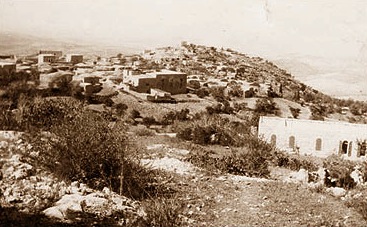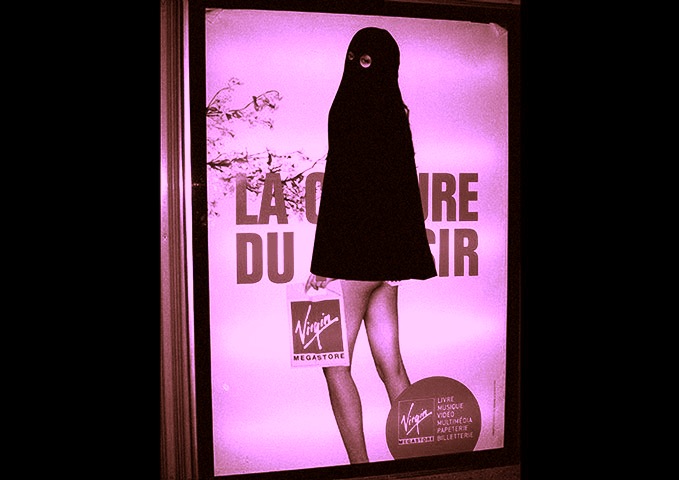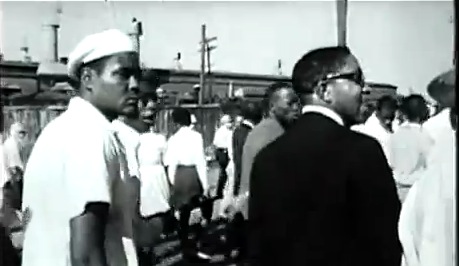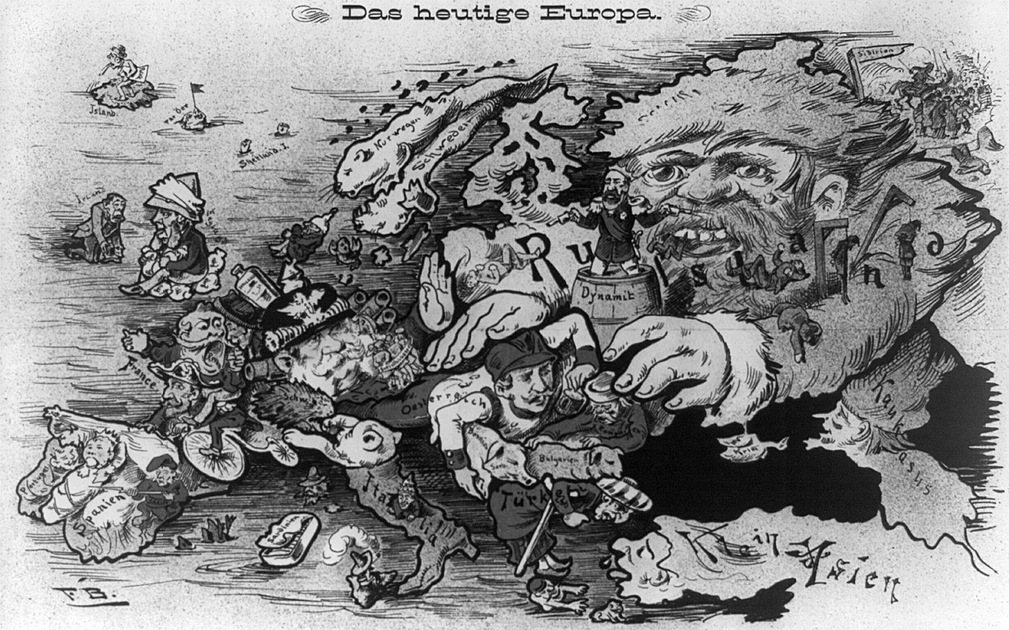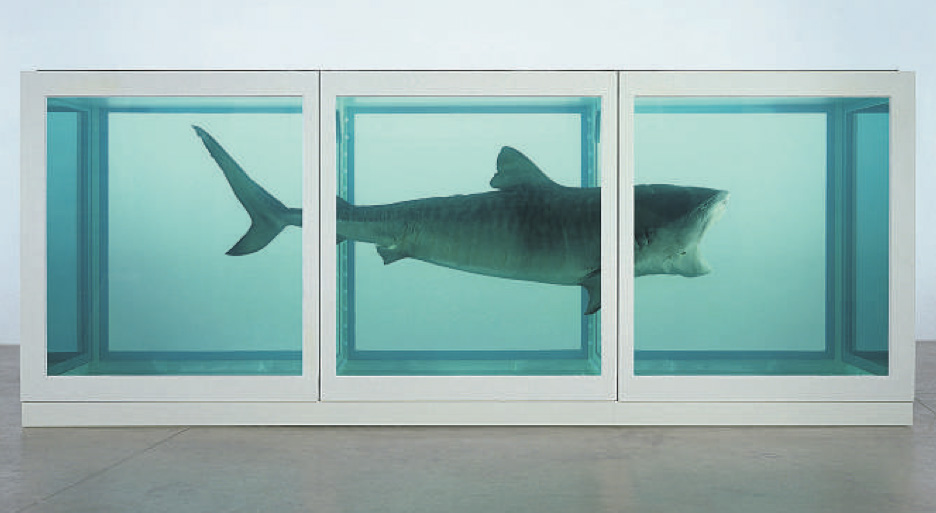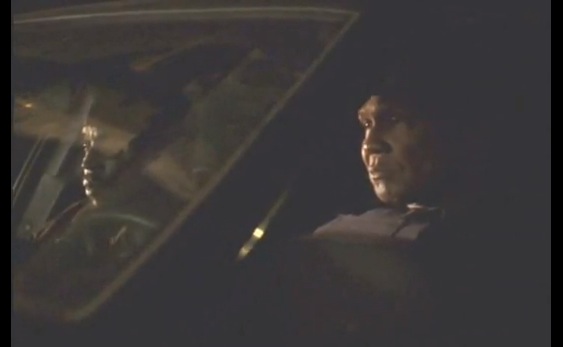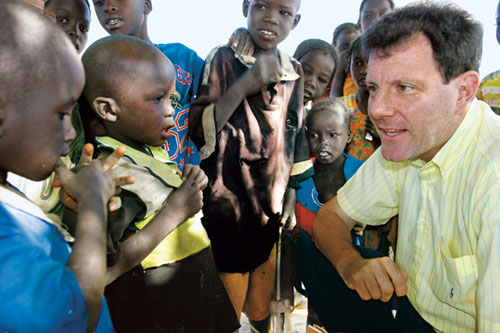Cinema Guantánamo
Much of the world’s population now an undead horde.
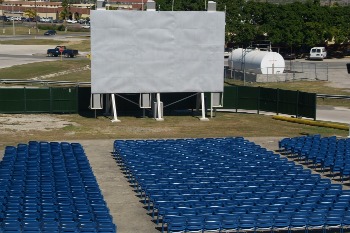
No-charge, first-run feature films screened on 35mm for Guantanamo Bay U.S. Naval Base prison guards, troops, and their families (not detainees) by the Movie Program at GTMO.¹ Films include Hansel and Gretel: Witch Hunters (‘bounty hunters track and kill witches all over the world’), Side Effects (‘a psychiatric-meds melodrama about an NYC woman whose husband’s in prison’), and Warm Bodies (a zombie love story ‘with much of the world’s population now an undead horde’). As documented by Miami Herald journalist Carol Rosenberg. Read More...

